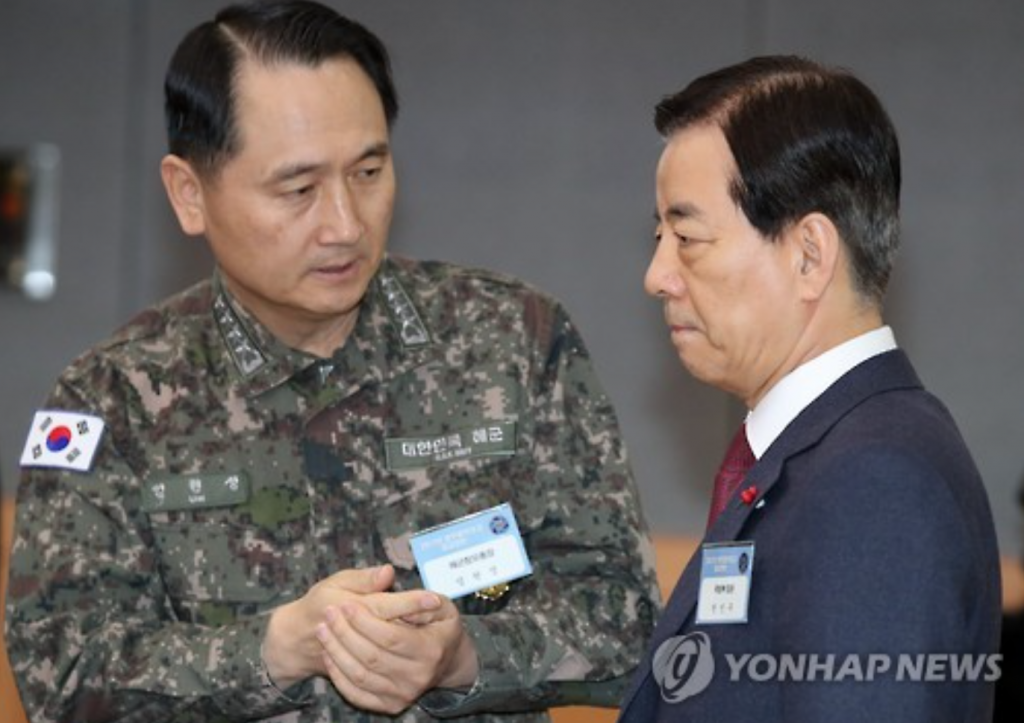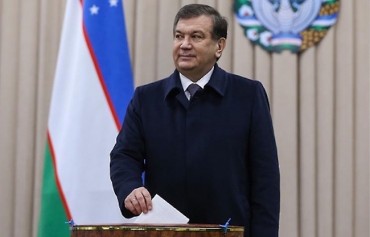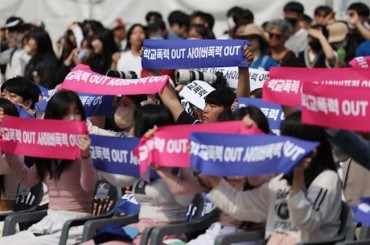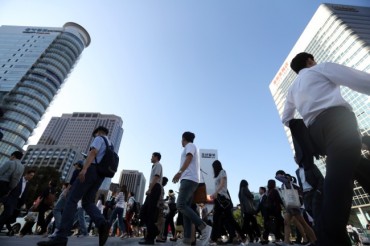
Chief of Naval Operations Adm. Um Hyun-seong (L) talks to Defense Minister Han Min-koo before they attend the New Year policy briefing to Acting President and Prime Minister Hwang Kyo-ahn on defense and security matters at a government complex in Seoul. (image: Yonhap)
SEOUL, Jan. 4 (Korea Bizwire) – South Korea will this year launch a special unit tasked with incapacitating North Korea’s wartime leadership, two years ahead of schedule, its defense chief said Wednesday, as it strives to better counter Pyongyang’s evolving military threats.
During its New Year policy briefing to Acting President and Prime Minister Hwang Kyo-ahn, Defense Minister Han Min-koo said the military is putting top priority on beefing up defense capabilities against North Korea’s weapons of mass destruction (WMD), which includes nukes and missiles.
“We are planning to set up a special brigade with the goal of removing or (at least) paralyzing North Korea’s wartime command structure (in the face of escalating threats from the communist state),” Han told Hwang, who took over the country’s executive powers from President Park Geun-Hye after she was impeached by parliament last month.
In a related move, Seoul’s Joint Chiefs of Staff launched the Countering Nuclear and WMD Center on Jan. 1 to better handle North Korea’s growing nuclear threats by drawing up military operations and strategic countermeasures in a more detailed and organized manner.
The Ministry of National Defense has recently updated the size of weapons-grade plutonium and highly-enriched uranium that the North may be holding, the minister said. The materials are critical in making nuclear weapons.
Seoul estimates Pyongyang has some 40 kilograms of weapons-grade plutonium, which is sufficient to manufacture four to eight nuclear weapons.
In other efforts to cope with WMDs, the military will speed up the planned deployment of advanced weapons by a couple of years from the original schedule of the mid-2020s to enhance the country’s defense capabilities, the ministry said.
Under the “three-pillar” system, South Korea aims to detect the North’s incoming missiles and launch counterattacks against the communist state’s key facilities. The system includes a “kill chain” strike system, the Korean Air and Missile Defense (KAMD), and the Korea Massive Punishment & Retaliation (KMPR) plan. The entire plan is based on the use of locally developed defense systems.
The kill chain and the KAMD are designed to detect and destroy incoming missiles in the shortest possible time. The KMPR is aimed at launching attacks on the North’s military leadership if signs of the imminent use of nuclear weapons are detected.
Han said the Terminal High Altitude Area Defense system (THAAD) will be deployed in South Korea as planned.
In November, U.S. Forces Korea Commander Gen. Vincent Brooks said the THAAD missile defense system will be installed in eight to 10 months to counter growing nuclear and missile threats from the North.
As for defense ties with Japan and China, the minister said South Korea will expand bilateral intelligence sharing with Japan under the the General Security of Military Information Agreement (GSOMIA) signed in November to counter North Korean threats.
With China, he said Seoul will seek ways to explain the need for the THAAD system. China has explicitly expressed opposition against the planned THAAD deployment in South Korea on concerns that the move could hurt its strategic security interests.
Looking ahead, the minister warned that the North could make a “strategic or tactical provocation” in the coming months while not giving up its nuclear and missile programs despite stricter international sanctions following its fourth nuclear test in January.
The communist nation has a record of staging provocations around U.S. elections and transition periods. U.S. President-elect Donald Trump is scheduled to take office on Jan. 20.
In his New Year’s address, North Korean leader Kim Jong-un said the North has reached the final stage of preparations to test-fire an intercontinental ballistic missile in a veiled threat that it is about to develop a nuclear missile capable of reaching the U.S.
(Yonhap)






